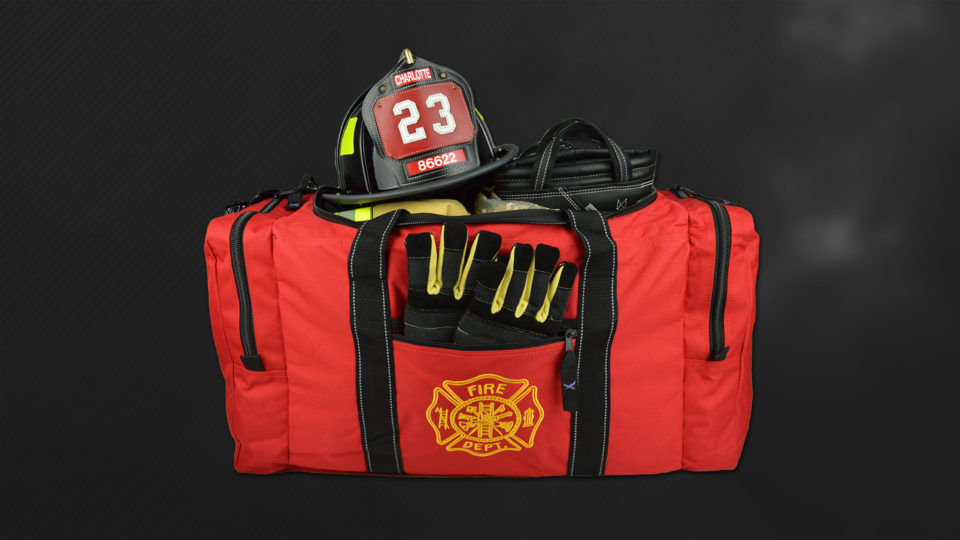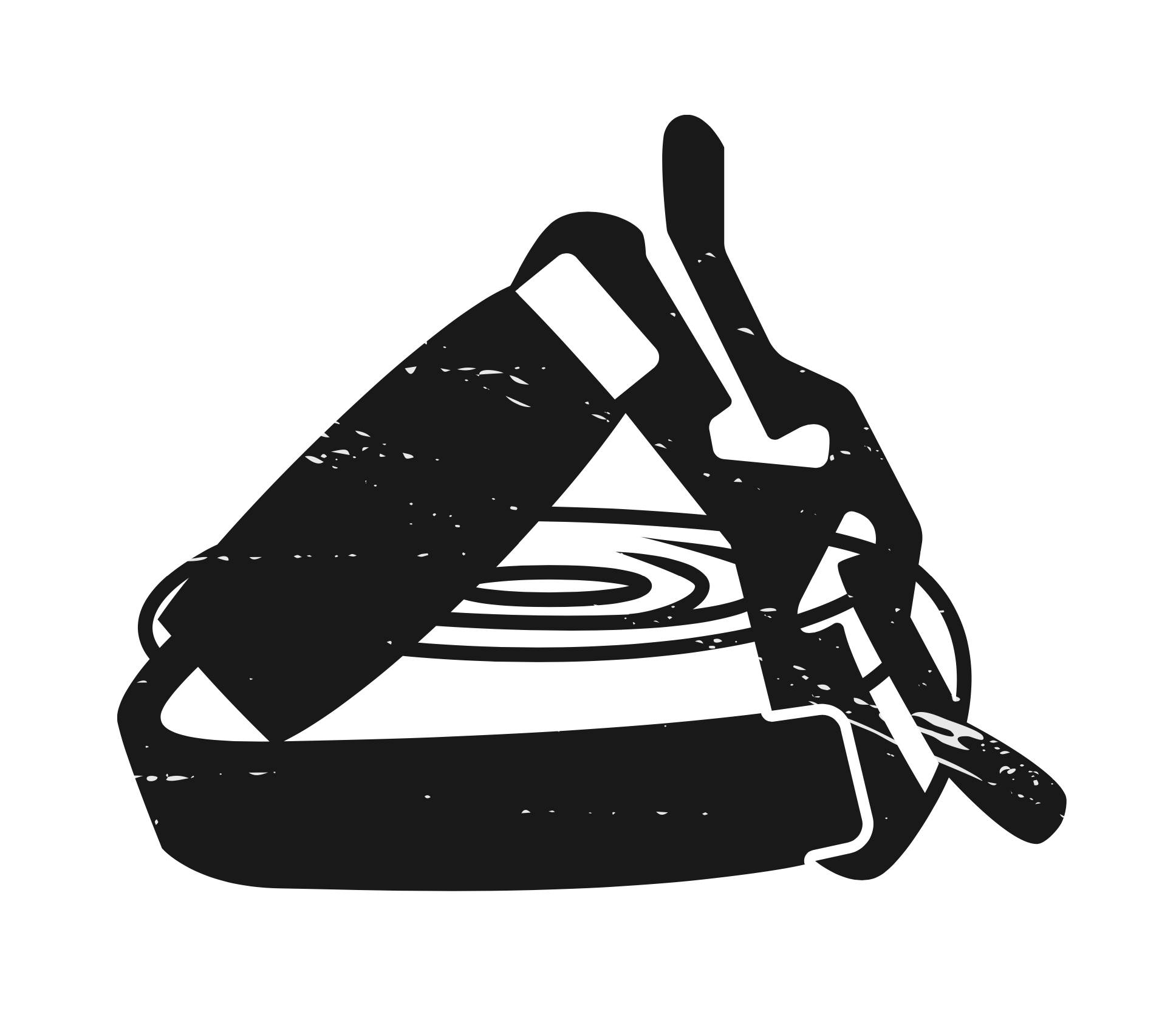The 3 best things you can do for turnout gear

Aside from the SCBA, turnout gear is the most important and the most expensive piece of the firefighter ensemble. With NFPA regulations increasingly mandating more features and gadgets (i.e. – drag rescue device) for fire gear, it certainly isn’t getting any cheaper. In fact, the price of a set of turnout gear has nearly tripled since I’ve been in this business, for about 20 years now. With many departments struggling to maintain their budgets, it is important – now more than ever – to make your turnout gear last. There are several things that you can do to increase the strength and lifespan of your gear.
WASH YOUR GEAR BEFORE YOU PUT IT INTO SERVICE
I know that new gear looks a little too pretty right out of the box and you want to dirty it up, but the best thing you can do for a new set of turnout gear is to wash it. Putting a new set of gear in the washer causes the threads to slightly shrink which actually tightens the stitching. This not only strengthens the abrasion and tear resistance of the fabric, but it also increases the heat protection. Thermal Protective Performance is a measurement for the rate at which convective and radiant heat penetrate through the composite system – outer shell, thermal liner, and moisture barrier – to cause second-degree burns to the human skin. Washing a new set of turnout gear can increase the TPP rating of your gear by as much as 8-10 points.
Additionally – combustibles, solvents, carcinogens and other dirt and fluids from fire scenes can become embedded in turnout gear. This is not only hazardous to your health, but also breaks down the fibers in the fabric of your gear. For these reasons it is very important to wash your turnout gear thoroughly, and on a regular basis.
KEEP YOUR GEAR OUT OF THE SUN
Superman had Kryptonite. Achilles had his heel. Troy had the Trojan horse. All great things have their weakness. Ultra violet (UV) rays are the “Kryptonite” to turnout gear fabric. Hanging it in a gear locker in the firehouse is not enough to protect it.
How firefighting clothing is stored has a direct impact on its life and effectiveness as a protective tool, says Kim Henry, marketing representative for Celanese Acetate’s PBI Products Division. “Improper storage in the sun degrades the fiber,” says Henry. The breakdown occurs mainly as a result of UV exposure through windows as clothing hangs on racks and on the apparatus in firehouses. “We suggest that firefighters store protective clothing in lockers or garment bags,” Henry urges.
Because UV rays still penetrate through the bay doors of the firehouse and the windows of a fire apparatus, a gear bag is the best way to protect your gear.
LET YOUR GEAR AIR OUT AFTER A CALL
Most gear bags on the market are made of either nylon or polyester. Putting your gear back in a bag after a call where the gear has become damp is asking for trouble. Mold and mildew thrive in environments like this. Not only does your gear stay wet and contaminated, but those fluids can also soak into the gear bag. There are a few gear bags on the market now that have a mesh cutout on the rear of the bag with a nylon flap over it. While great in theory, anyone in the fire industry knows that this provides no cross ventilation for air to move.
At Lightning X, we have designed a bag to circumvent that problem. Our LXFB45M Quad Vent series gear bags have four uniquely placed mesh vent channels that promote full cross ventilation, which allows for gear to air out and dry. The mesh vents and the fabric are both coated to prevent any moisture or chemicals from soaking into the fabric of the bag. The Quad Vent gear bags have been deployed in several top 20 city fire departments in the U.S., and worldwide.
Contact Lightning X today to learn more about how we can help protect your turnout gear investment, and make your gear last longer!



 Supplies
Supplies

 Tactical Trauma Kits
Tactical Trauma Kits
 Bleeding/TacMed
Bleeding/TacMed